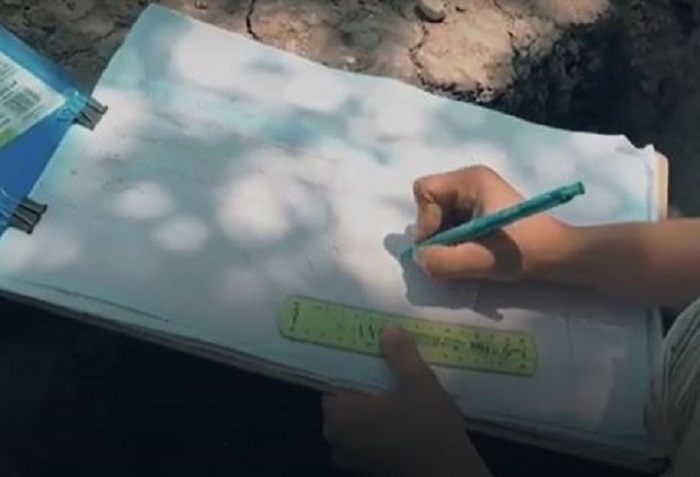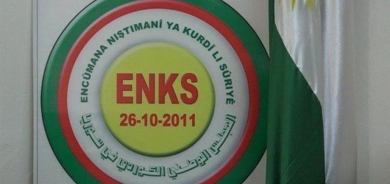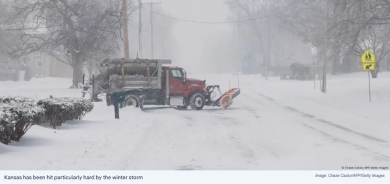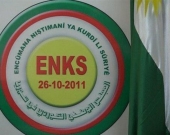Archaeologists Uncover Key Prehistoric Insights in Soran District

A collaborative effort between archaeologists from the Autonomous University of Barcelona and Salahaddin University has led to a groundbreaking discovery in the Soran district. The team unearthed a small stone, formed from volcanic rock, which is set to shed new light on an important prehistoric era. The stone, estimated to be over 7,500 years old, is believed to connect the inhabitants of this region with other ancient civilizations across the Middle East.
Ana Maria Bach Gomez, a leading archaeologist from the Autonomous University of Barcelona, explained the significance of the find. "The stone’s exact place of origin is still uncertain," Gomez noted, "as such a stone cannot be found in the Soran area. Our technological analysis will determine whether it came from Lebanon, Turkey, or Iran. But the most important aspect is understanding the technology used to create it."
This discovery is part of a broader investigation into the early human settlements in the Soran district. Abdulwahhab Sulaiman, the director of Soran district archaeology, highlighted the historical context. "Of the 1,150 archaeological sites registered in Soran, Zawiya Chameya stands out as the first seasonal village in the world, dating back to the Middle Stone Age, 15,000 years ago. This tells us about the types of houses built back then. By the Neolithic Age, during the Halafian period, we see much more advanced house designs, transitioning from circular structures to more sophisticated houses with corners."
The team's work, now in the final year of a six-year contract with the Kurdistan Regional Government, has yielded numerous insights into the region's historical and civilizational development. Archaeologist Aram Jalal detailed the findings from the current excavation layer. "Based on the remains of food and bones found, along with clay fragments and house foundations, we identified the Halafian period of the Neolithic Age. The inhabitants lived on animal domestication and agriculture."
Despite the nearing completion of their contract, the archaeologists remain optimistic about future discoveries. New archaeological sites continue to be discovered each year, adding to the rich historical tapestry of the Soran district.
This latest discovery underscores the region's importance as a cradle of early human civilization and provides a deeper understanding of prehistoric human life and technological advancements.














